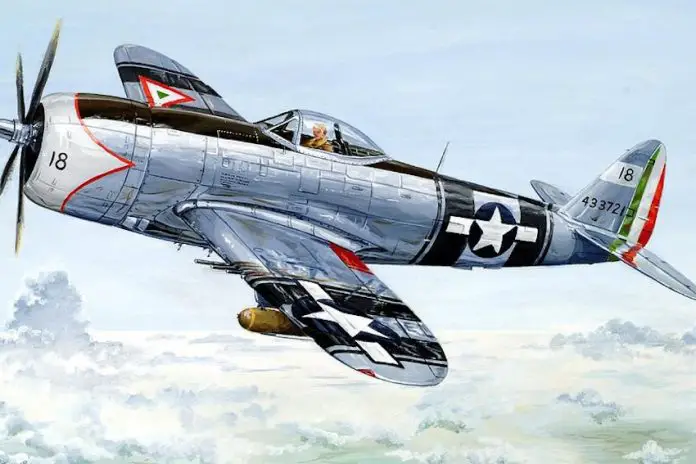When war broke out in Europe in 1939, it seemed a distant event for Mexico. In many ways, it even proved beneficial. Mexican raw goods were in greater demand than ever, and Washington became easier to deal with. The Americans wanted Mexican oil and — should the Panama Canal ever be threatened — access to Mexican airfields and harbors. The prospect of Mexico entering WWII seemed so distant, that it is unlikely that many Mexicans ever seriously contemplated the fact.
From December 1940, Mexico had a new president, with Manuel Ávila Camacho favoring a more aggressive anti-fascist policy. However, it was not an easy election, and rebellions were still simmering in remote regions. Ávila Camacho would have to tread carefully when dealing with the United States for fear of losing domestic support. One step he could take was to seize the Italian and German ships already interned in Mexican harbors. Most notably, the Italian tanker Lucifero was renamed the Potrero del Llano and put into service carrying Mexican oil to the U.S..
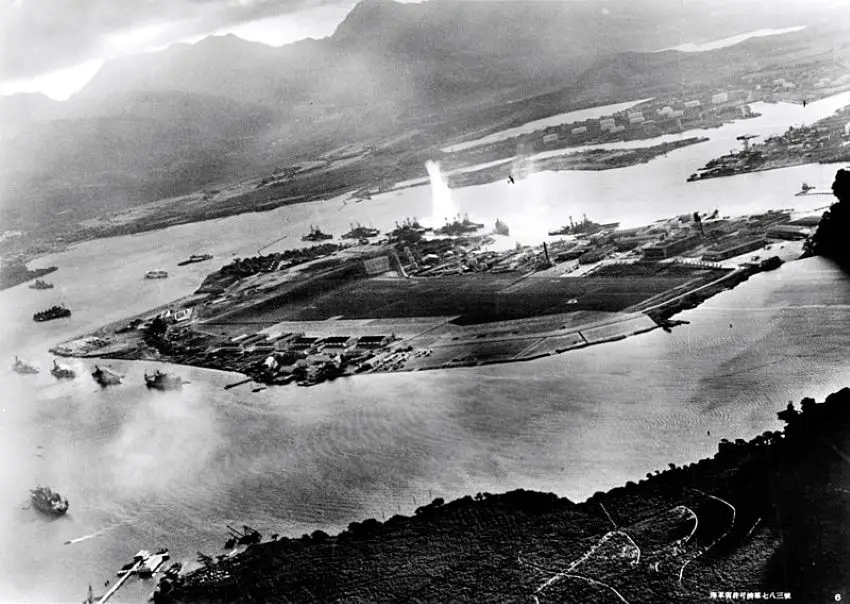
Prelude to war
On December 7, 1941, the Japanese Navy attacked Pearl Harbor. This drew attention to the Baja peninsula: 1,200 kilometers of isolated coastline that might offer a clandestine shelter for Japanese submarines. Placing American troops on Mexican soil was unacceptable, but the Mexicans themselves saw the danger, and soldiers were rushed north. The air force quickly followed the first planes arriving on December 15. These largely obsolete biplanes flew coastal patrols to monitor ship movements and hunted for submarines.
Pearl Harbor brought sympathy for the U.S., giving President Camacho more freedom to act. A joint Mexican-United States Defence Commission was established and six Vought OS2U Kingfishers were offered to the Mexican air force. After maintenance in Mexico City, including the painting of Mexican colors, the planes were flown to Baja California. The Kingfisher was designed for unglamorous patrol work over oceans and it did this well.
Aircrews posted to Baja worked in an isolated environment, in very basic conditions. Ground crews improvised canvas shelters to keep the planes out of the damaging sun. There were regular sea patrols, and always the possibility of an emergency call-out, so pilots on duty stayed close to aircraft that were fueled, armed, and ready to fly.
There were two incidents that March. Firstly, local fishermen reported seeing a submarine close to land, the crew possibly looking to refresh their water supply. Mexican planes searched for three days but without a sighting. Allegedly, a Mexican plane also used its machine gun to attack a surfaced submarine. This story is much repeated but so poorly documented that it has to be questioned.
The provocation that actually brought Mexico into the war came not from Japan, but Germany. In May 1942, the Potrero del Llano was sailing to New York with a consignment of oil when she was spotted by a German submarine. There was, as is often the case in battle, a moment of farce. Frigate Captain Reinhard Suhren mistook the Mexican flag painted on her side for the Italian tricolor. However, reasoning that no Italian ship could be in these waters, the German sub torpedoed the Potrero del Llano, killing 13 of her crew. One week later, the tanker Faja de Oro was attacked and sunk by another German U-boat off Key West. Mexico declared war on the Axis powers the next day.
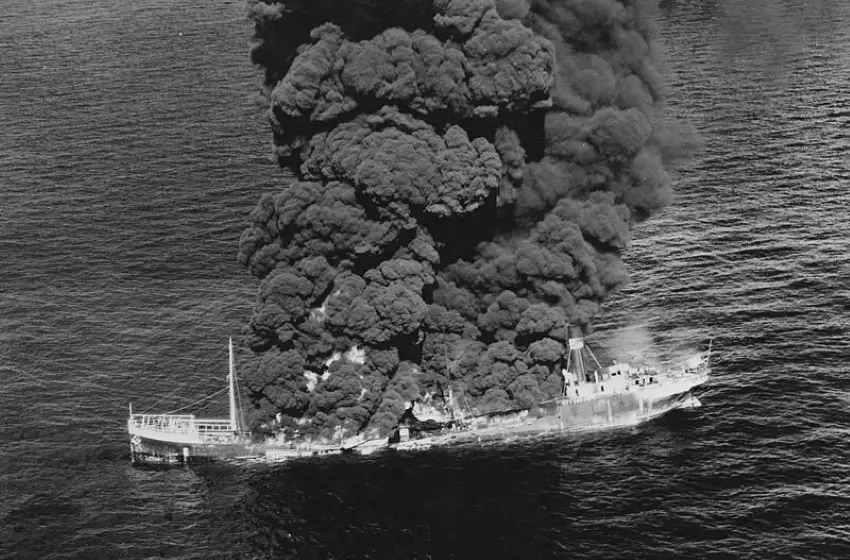
Mexico joins the struggle
As Japan was first stopped and then pushed back, the Mexican government recognized that their efforts were more likely to bring rewards if they undertook some combat role. The forming of the 201st Fighter Squadron may have been less about defeating the Axis and more about establishing Mexico’s position in the post-war world.
With the support of American Ambassador George S. Messersmith, the idea was sold to Washington and the search started to identify Mexico’s best pilots. These would be trained and equipped in the States. Once in the U.S. the 36 selected pilots and the large supporting crew faced a difficult time. Few of the Mexicans spoke good English and many, particularly those based in Texas, came up against racism. One shop owner was visited by American Air Force officers who suggested they take down the ‘No Dogs or Mexicans’ sign. For the Mexicans, life tended to center around their own quarters, which helped bond the squadron into a close team. They named themselves the Aguilas Aztecas — Aztec Eagles — and adopted Walt Disney’s gun-toting Mexican rooster Panchito Pistolas as their mascot.
November 1944 saw the arrival of the squadron’s P-47s, the famous Thunderbolt. It was a heavyweight, tough aircraft that could hold its own in a dogfight but also carry a powerful bomb load. As the German and Japanese air forces disintegrated, the versatile Thunderbolt would find plenty of work as a ground attack fighter.
The Mexican pilots were proving themselves no better or worse than any other group of young men starting flight training. Their reports show high scores in areas such as technique, take-off, landings and general performance. If they lacked anything it was discipline: one young pilot, Reynaldo Gallardo, was lucky not to be sent home after flying dangerously low over the center of Greenville. At home, President Ávila Camacho was navigating the political hoops required to send Mexican combat troops overseas for the first time. As their training was extended into February of 1945 there was a growing concern that the war might be over before the Mexicans could reach the front.
March 1945 saw the squadron finally board a military transporter. With the dangers of submarines not totally eliminated, it took 33 days to zig-zag across the Pacific to the Philippines. Manilla had been secured but thousands of Japanese troops were still holed up in the forests and caves of the island of Luzon and these would have to be flushed out of their hiding places. It was perfect work for the Thunderbolt.
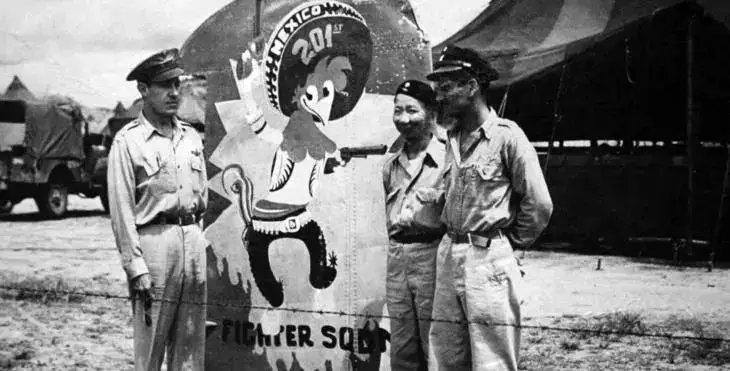
The Aztec Eagles in the Pacific
The Mexicans saw their first combat patrol on May 17. At this stage they were flying alongside more experienced American pilots in borrowed planes. By the time their own Thunderbolts arrived in late May, they were ready to undertake all-Mexican patrols.
June 1 stands out. The target was an ammunition storage dump on the east coast of the island that was protected by cliffs on three sides. The Mexicans were granted permission to attempt a risky dive bombing attack. The planes came in over the sea and went into a steep dive towards the target. Bombs were released late and the pilots experienced a momentary black-out as they attempted to climb to safety. The second pilot to attempt the attack, Fausto Vega, crashed into the sea. Whether he was hit by ground fire or the dive had been too much for pilot or machine was never determined. Two days later José Fuentes was killed testing a recently repaired plane.
After four years of fighting there were no Japanese aircraft to worry about over the Philippines, but ground fire was always a danger and on June 14 two planes returned with damage. On June 20, José Luis Pratt Ramos’s plane was also hit by anti-aircraft fire but kept flying. War movies have led us to believe that every plane returned from every mission with a smiling pilot and wings full of holes. Combat was not like that. Feeling your plane hit was a relatively rare and frightening experience.
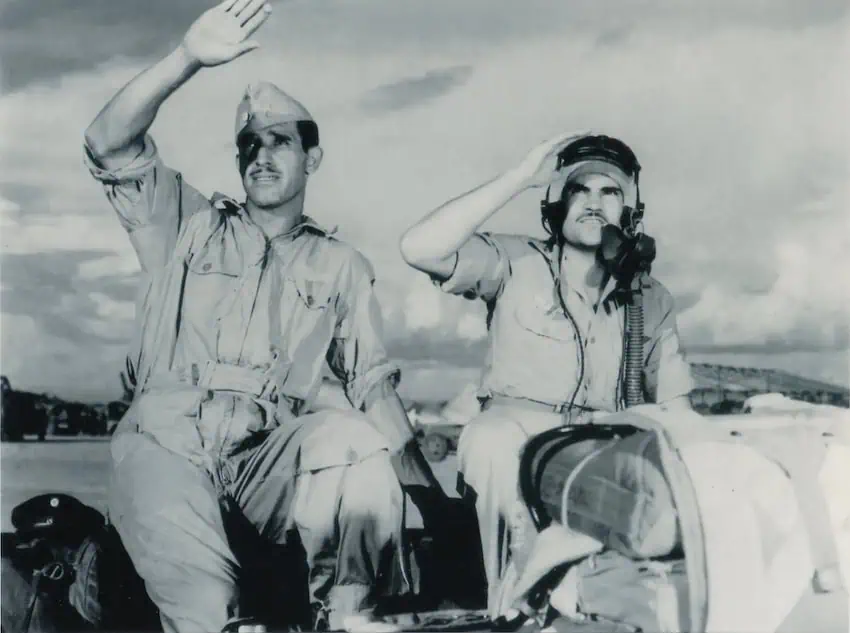
As the allies slowly secured the Philippines, the squadron took on longer patrols, flying over Formosa and on towards Okinawa, distances that would test the Thunderbolts to the limit of their range. Other flights involved taking worn-out Thunderbolts to New Guinea and bringing back replacement aircraft. This brought different dangers. Mechanical failure, adverse weather, a small mistake in navigation, and the plane might run out of fuel over the ocean. On July 16 Captain Espinoza Galván was flying to Biak when he suffered a fuel leak. His plane hit the sea and sank with the pilot inside. On July 19, two planes flying back to the Philippines were lost in a storm. Lieutenant Guillermo Garcia Ramos landed near an island and was rescued the next day. Captain Pablo Rivas Martínez was never found.
The 201st Squadron comes home
By mid-July, the continuous missions were taking their toll. The squadron was down to 23 active pilots and with the death of some of the more experienced pilots, the squadron lacked leadership. The Aztec Eagles were withdrawn from combat and played no part in the invasion of Okinawa.
In early September, the men were watching a movie. Captain Radamés Gaxiola stopped the projector. The Japanese, he informed the men, had surrendered. The Aztec Eagles had been in combat for a month. They had flown 57 missions, clocked two thousand hours of combat and dropped 1,457 bombs.
The men of the 201st Fighter Squadron returned to Mexico City in November 1945 and were honored with a military parade in the Zócalo. Today, there are no living veterans of the squadron; the expeditionary force’s last living member, Sgt. Horacio Castilleja Albarrán, died in December 2022. Time passes and people forget, but there are monuments to the memory of these soldiers: there’s a whole neighborhood and accompanying Metro station named for them in the capital’s borough of Iztapalapa, and the Tribuna Monumental, which pays homage to fallen Mexican soldiers in Chapultepec Park, was rededicated to them in 1990. The Aztec Eagles played only a small part in a mammoth war, but in the words of 201st Squadron veteran Héctor Porfirio Tello, they fulfilled duty “with bravery and discipline for the freedom of Mexico and the whole world.”
Bob Pateman is a Mexico-based historian, librarian and a life term hasher. He is editor of On On Magazine, the international history magazine of hashing.
